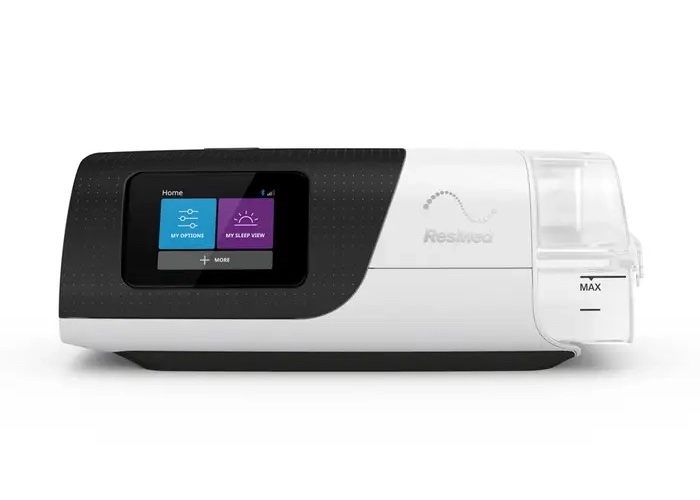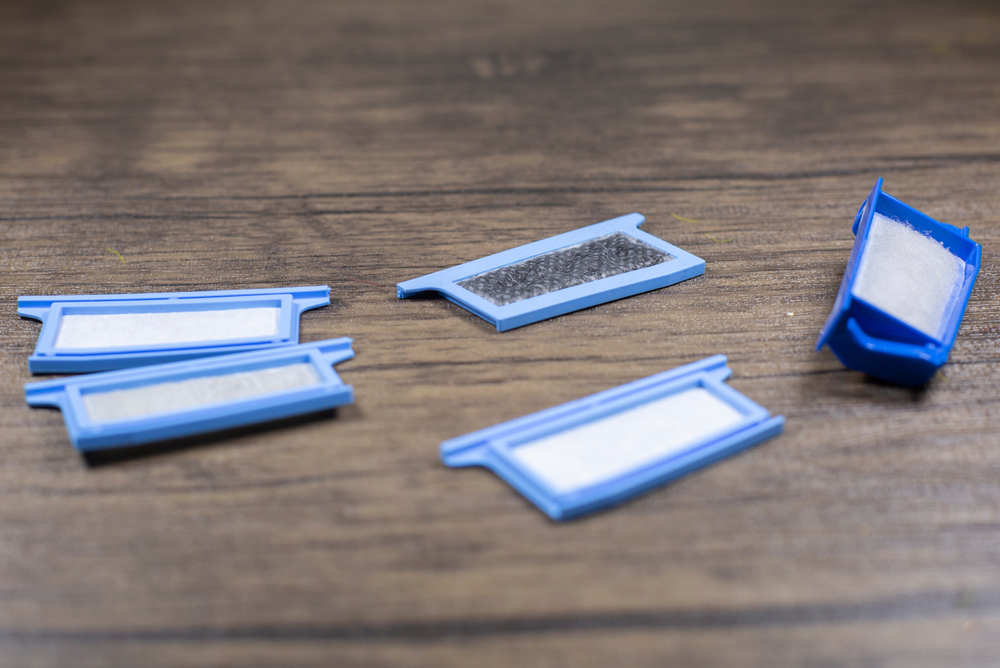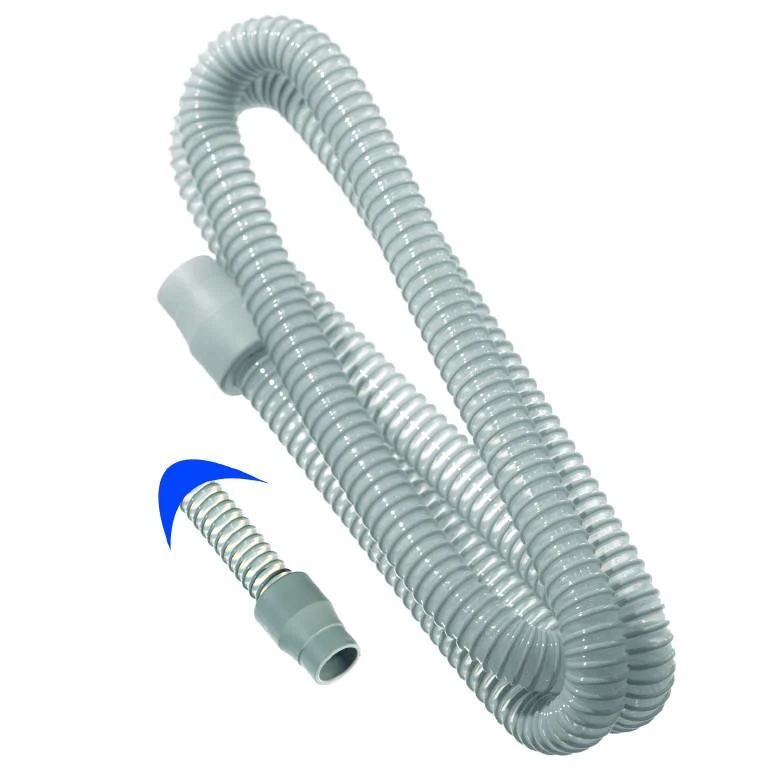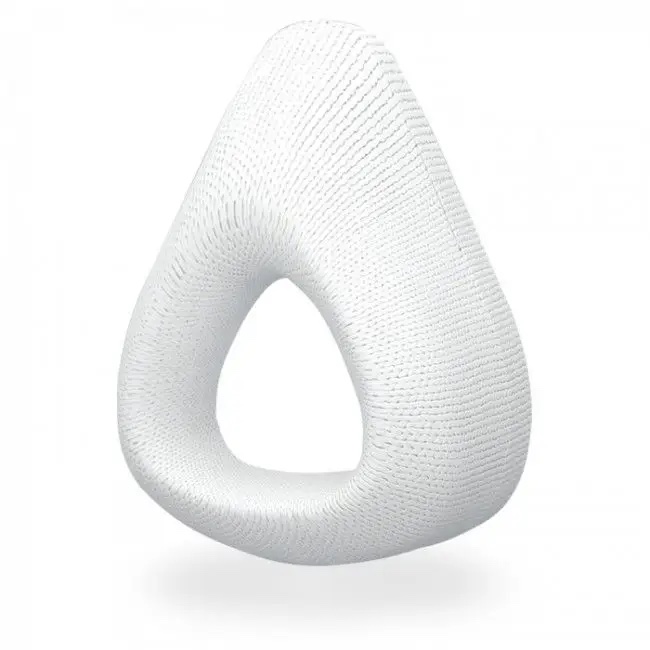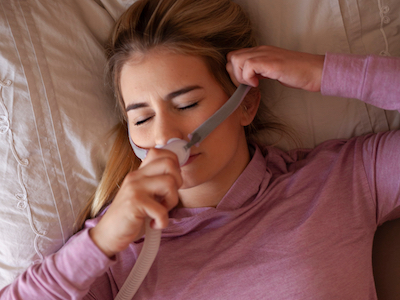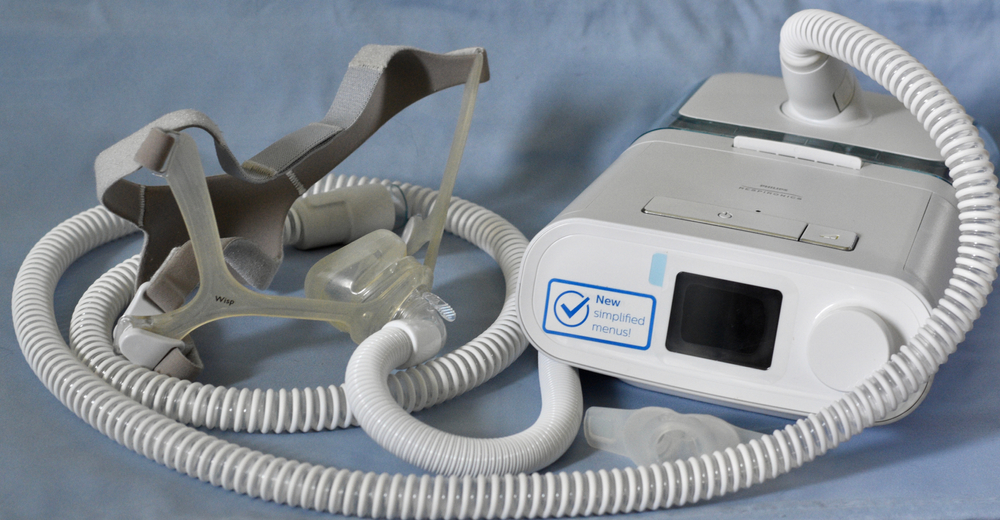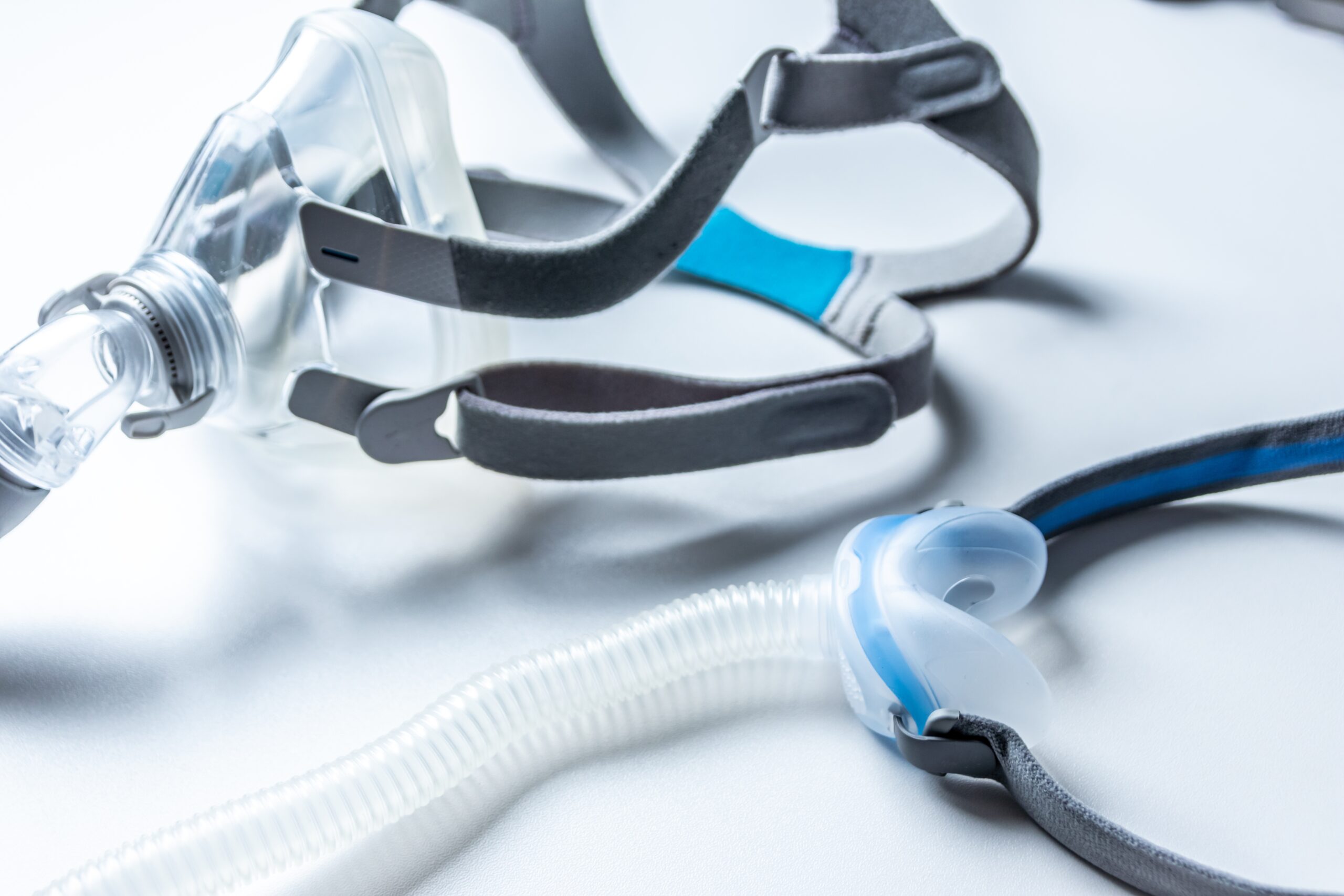Continuous positive airway pressure (CPAP) therapy is a common treatment for obstructive sleep apnea and central sleep apnea. CPAP machines keep the airway open using pressurized air that travels out of the machine, through a hose, and into a mask worn over the nose or nose and mouth. Air from a CPAP machine is filtered and sometimes heated and humidified.
When maintained and used correctly, CPAP therapy is typically effective in reducing breathing disruptions and the daytime side effects of sleep apnea. While a CPAP machine can normalize your breathing during sleep, it does require regular cleaning and upkeep. We describe how and when to clean your CPAP equipment.
Why Cleaning Your CPAP is Important
Cleaning your CPAP equipment is an important part of maintaining the device. Without proper cleaning and maintenance, a CPAP machine may malfunction. By cleaning and replacing your CPAP supplies on a regular basis, you can also reduce the number of germs, saliva, dead skin cells, facial oil, and other grime that can accumulate in the device over time.
CPAP Cleaning Supplies You’ll Need
Before getting started, gather the supplies you’ll need to clean and dry your CPAP equipment:
- A mild soap without fragrance, such as a dish soap
- Warm water
- Distilled water
- Distilled white vinegar
- A tub or other wide, shallow container
- A long, narrow brush for cleaning the hose
- Cloth, towels, or paper towels
- A towel rack or other place to air dry accessories
Steps to Clean a CPAP Machine
To determine how to clean your CPAP machine, follow the instructions provided by the CPAP device’s manufacturer. Generally, CPAP manufacturers recommend hand washing each of the components with mild soap and water or diluted vinegar. If you have questions about how to clean CPAP equipment, contact your CPAP manufacturer or a health care provider.
Diluted vinegar provides a deeper clean and can help keep odors from building up. To make diluted vinegar, combine 1 part distilled white vinegar with 3 parts warm water. This solution can be used to clean all of the CPAP supplies except for the reusable filter. Once washed with diluted vinegar, rinse supplies with clean water and dry.
CPAP cleaning can be split into four general steps: disassembly, cleaning, rinsing and drying, and reassembly.
Disassemble the Machine
The first step in CPAP cleaning is to take apart the portions that need to be cleaned. How to remove each part varies for each CPAP device, so be sure to check the manufacturer's instructions before starting.
- Unplug the CPAP machine from the electrical outlet.
- Remove the humidifier from the CPAP machine and discard any remaining water.
- Disconnect the hose from the mask and machine.
- If applicable, remove the cushions, head strap, and chinstrap from the mask.
- If applicable, remove the reusable filter from the CPAP machine.
Clean the Equipment
To clean a CPAP machine and accessories, use either warm soapy water or a solution of diluted white vinegar. Some CPAP manufacturers may recommend simply rinsing each part in the cleaning solution, while others may recommend using a brush to clean the device’s hose.
- Fill a tub or other container with warm, soapy water or a diluted vinegar solution.
- Submerge the CPAP hose, hose connectors, mask, mask cushions, head straps, chinstraps, and the reusable foam filter in the water. Remember to not use diluted vinegar to clean a reusable filter.
- If applicable, use a long, narrow brush to remove buildup from the inside of the CPAP hose.
- Clean the humidifier separately by pouring the cleaning solution into the water tank. You can use a long, narrow brush to remove any buildup on the inside walls of the tank.
Rinse and Dry
Before reassembling the CPAP machine, be sure to thoroughly rinse and dry out each component.
- Rinse the CPAP hose, hose connectors, mask, mask cushions, head straps, chinstraps, reusable filter, and humidifier water tank with clean water.
- Pat the components with a dry cloth, towel, or paper towel.
- Let the components air dry before reassembling.
Reassemble the Machine
After each component is clean, reassemble the device while checking for any signs of damage to each of the CPAP’s components.
- When ready to reassemble, refill the humidifier’s water tank with distilled water, not tap water, to avoid mineral buildup on the inside surfaces of the tank.
- If applicable, return the reusable filter to the machine.
- Insert the humidifier back into the machine.
- If applicable, fit the cushion into the mask and attach the head strap and chinstrap.
- Put the connectors back onto the hose.
- Connect one end of the hose to the outlet on the CPAP machine.
- Connect the other end of the hose to the mask.
Once each step is complete and the components are thoroughly dry, you can plug the machine back into an electrical outlet.
Cleaning the CPAP Machine
Since the CPAP machine itself is an electronic device, do not wash it. Instead, wipe the surface of the machine with a damp washcloth to remove dust and pat dry with an unused washcloth or paper towel.
How Often You Should Clean Your CPAP Equipment
The ideal schedule for cleaning CPAP components depends on the specific device and the manufacturer’s instructions. In general, certain components should be cleaned after each use and others should be cleaned every few days or every month. Keep in mind to always unplug electronics before cleaning.
| CPAP Components | Frequency of Cleaning |
|---|---|
| Hose | Dry after each use and clean every week |
| Mask cushions | After each use |
| Nose pillows | After each use |
| Mask | Every two days |
| Hose connectors | Every week |
| Headstrap | Every week |
| Chinstrap | Every week |
| Humidifier water tank | Every week |
| Reusable filter | Every week |
Replace CPAP Supplies
Even with regular cleaning, CPAP supplies need to be periodically replaced. Try to replace your CPAP supplies with new components according to your CPAP manufacturer’s replacement schedule.
In general, experts recommend replacing some of your CPAP supplies, like nasal pillows, mask cushions, and disposable filters, twice per month and other supplies every month, every three months, or every six months.
If you notice wear and tear or discoloration of a CPAP component before its scheduled replacement date, then consider replacing it earlier than scheduled.
The CPAP machine itself can last for multiple years. However, be on the lookout for recalls in case your machine poses potential health risks and needs to be replaced.
Precautions Before Cleaning a CPAP Machine
Cleaning a CPAP machine and CPAP accessories only requires soap and water or a solution of distilled vinegar. Avoid products and practices when cleaning your CPAP that may cause damage to the device:
- Strong cleaning solutions, such as bleach
- Mineral water, which has particles that can build up on CPAP equipment
- Dishwashers, washers, or dryers, unless recommended by the manufacturer
- Diluted vinegar on a reusable filter
Do not wash a disposable filter, which is made of thin paper or paper-like materials.
Do not use automated CPAP cleaners that use ozone gas or UV light, because these devices have not been proven safe for human health or effective at cleaning CPAP supplies.




